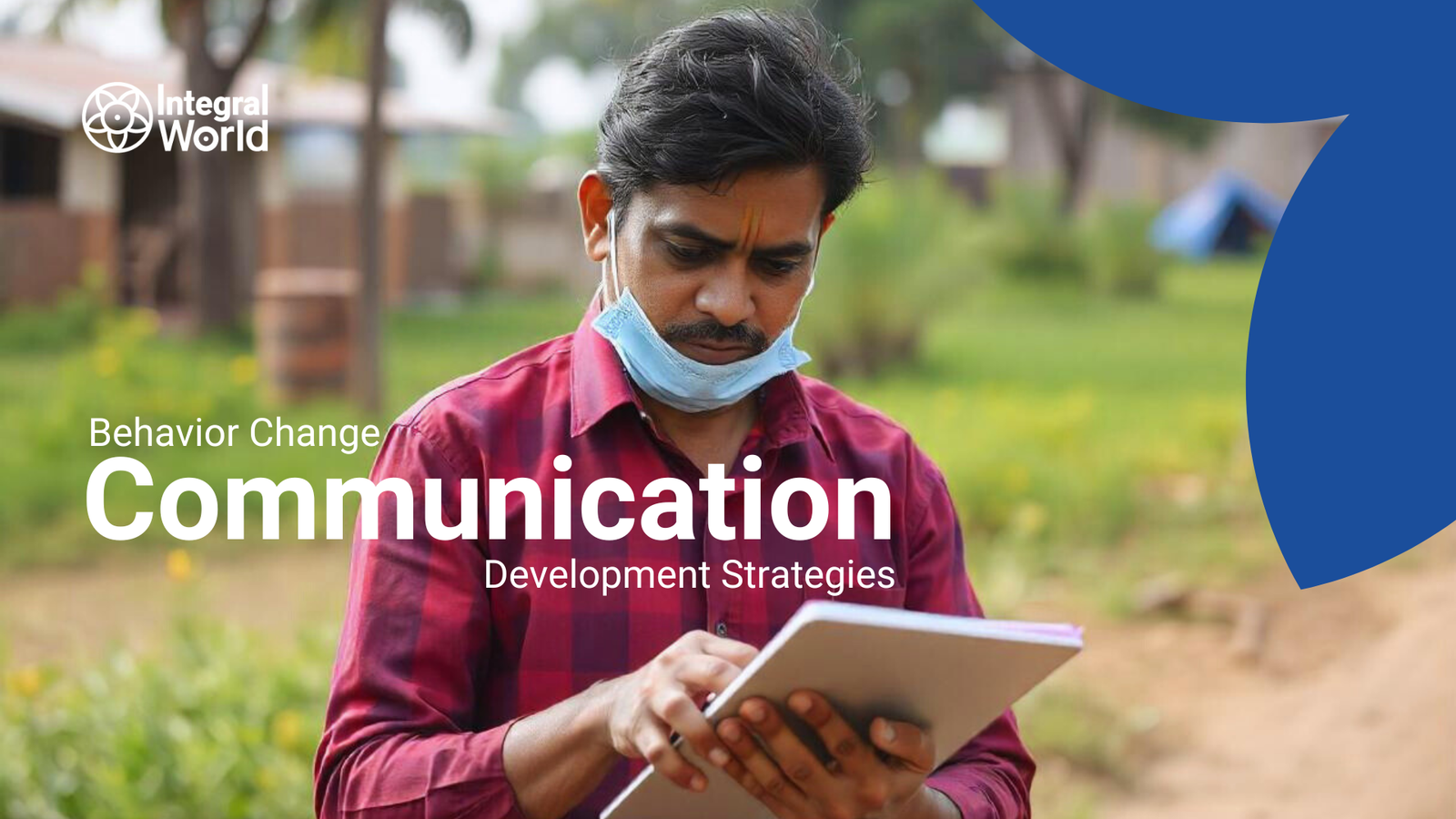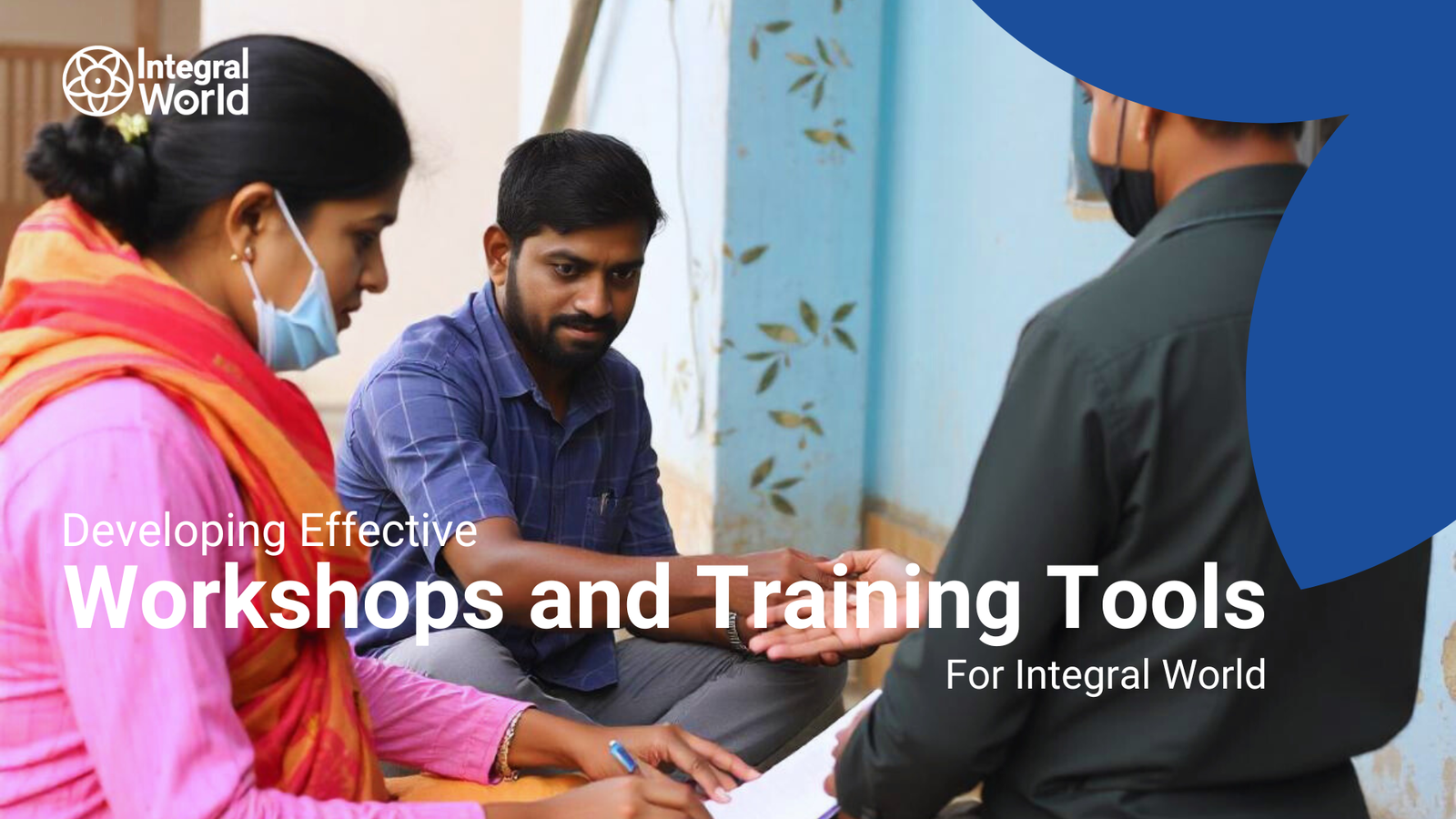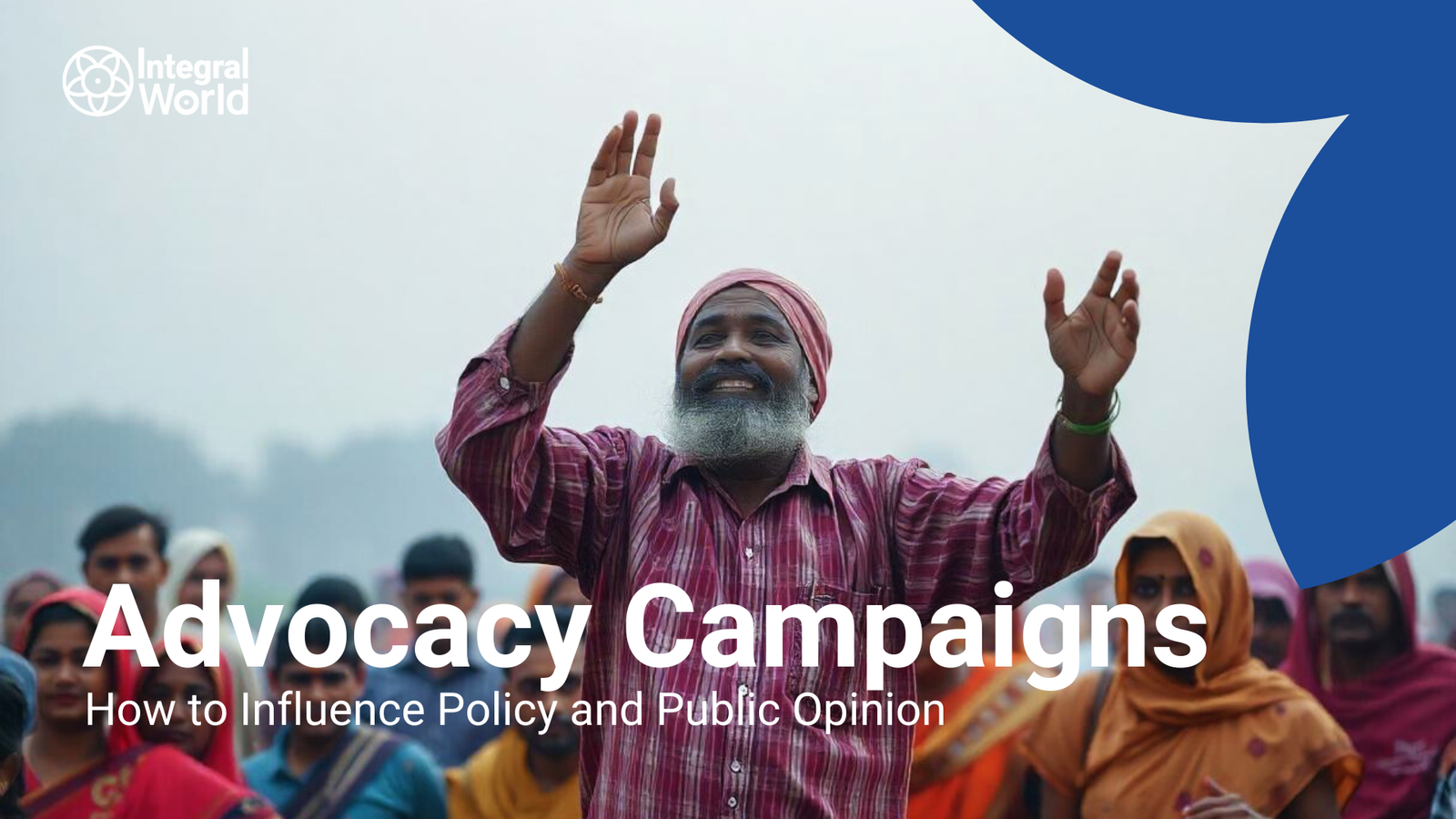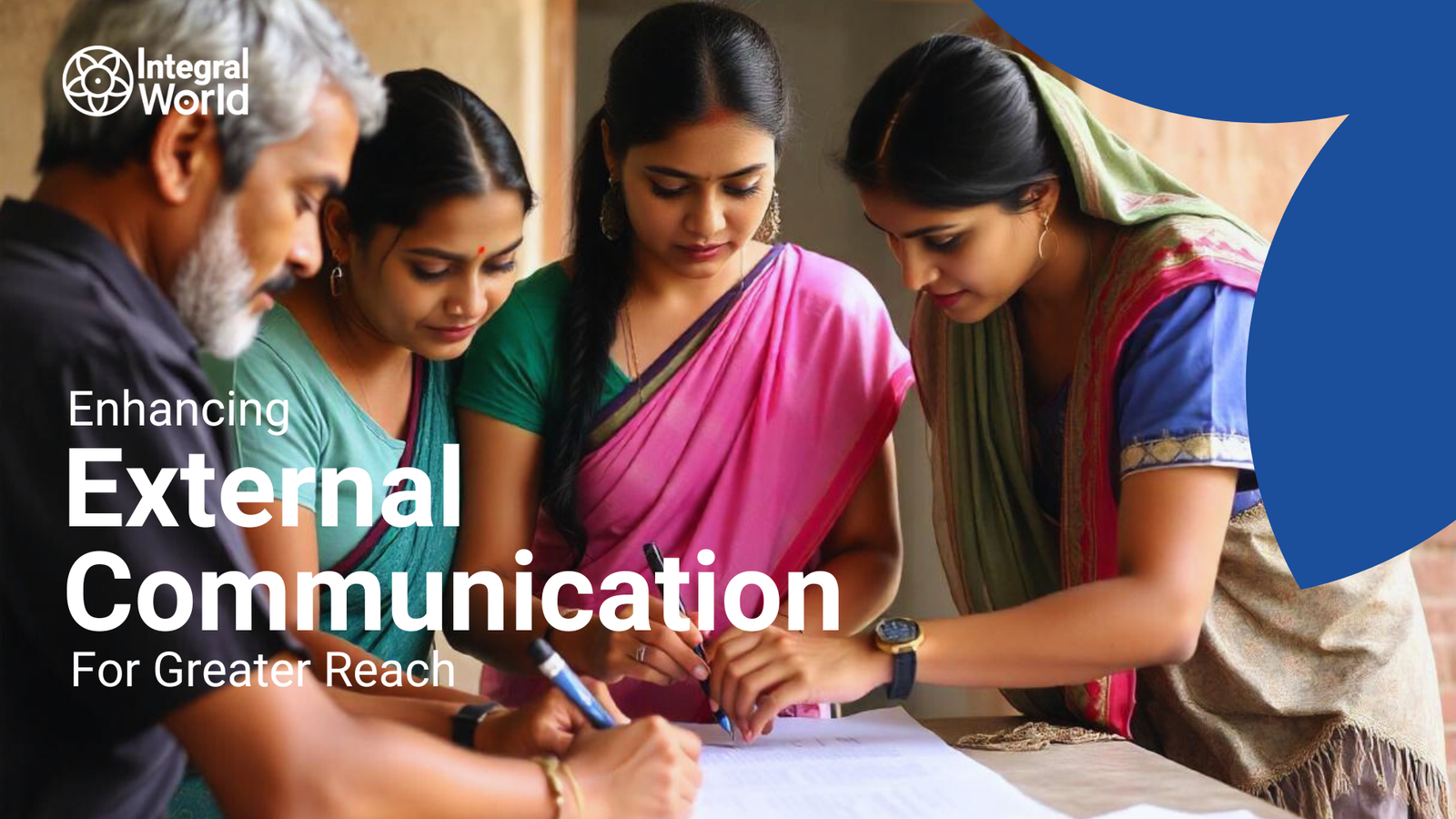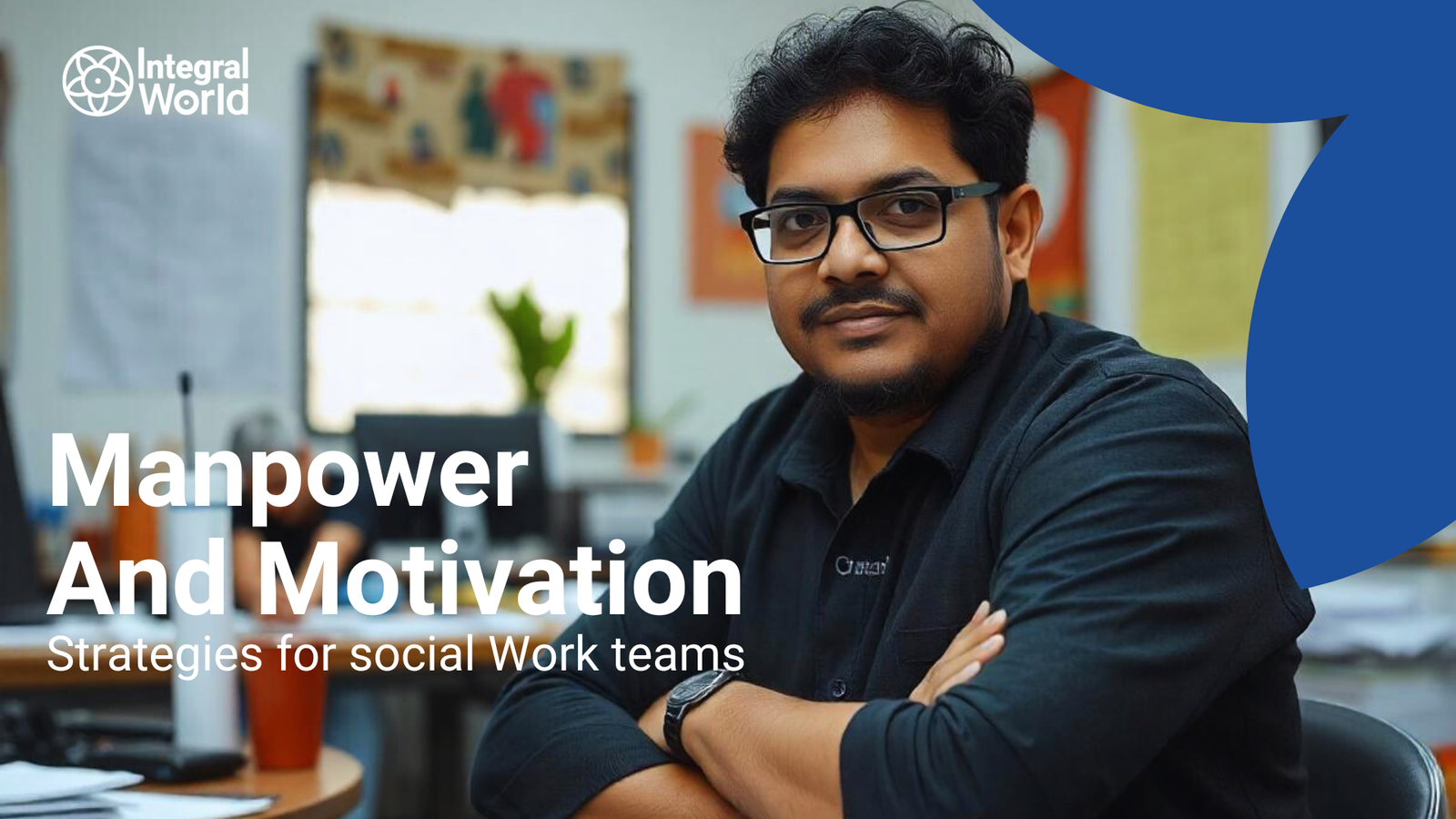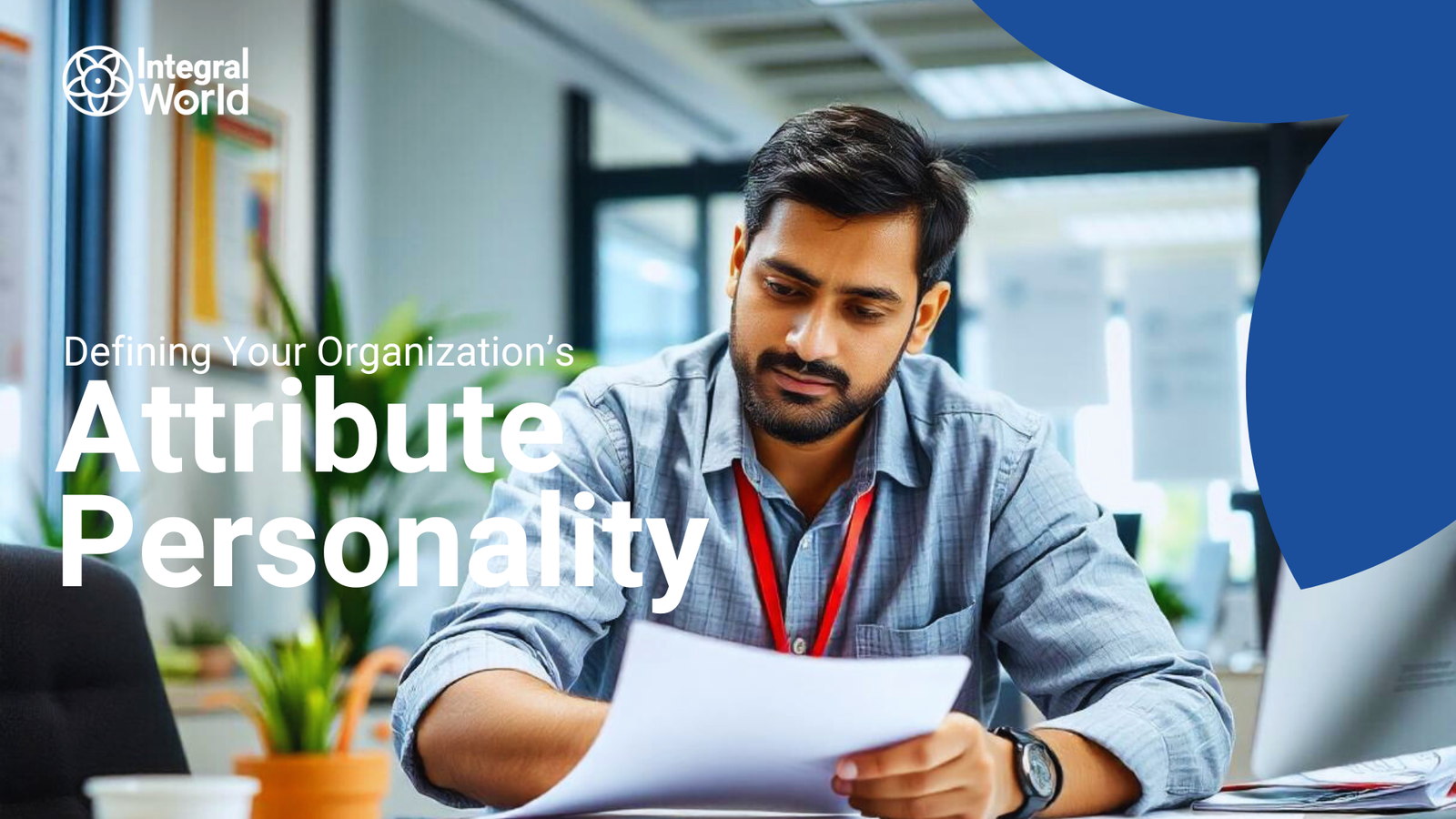Learn how Behavior Change Communication strategies, practical tips, and real-life case studies drive Integral World’s sustainable development goals.
Continue readingDeveloping Informative IEC Modules
Learn how to create effective IEC modules that inspire behavior change and empower communities to act.
Continue readingAligning CSR Assets with Your Social Objectives
Discover how aligning CSR with social objectives benefits businesses and society, with expert insights and practical advice from Integral World.
Continue readingDeveloping Effective Workshop & Training Tools for Integral World
Learn expert strategies to develop workshops that drive sustainable development, build capacity, and empower communities for long-term impact.
Continue readingAdvocacy Campaigns – How to Influence Policy and Public Opinion
Explore strategies for advocacy campaigns that inspire action, influence policy, and advance Sustainable Development Goals.
Continue readingGuide to Selecting and Using Measurement Tools in Development
Explore Integral World’s approach to using measurement tools for tracking progress and driving sustainable development.
Continue readingEnhancing External Communication for Greater Reach
NGOs like Integral World can boost their mission through stronger external communication. This paper offers expert tips and strategies for greater outreach.
Continue readingManpower & Motivation – Strategies for Social Work Teams
Explore Integral World’s strategies for managing and motivating diverse social work teams to drive effective, sustainable development
Continue readingApproaches to Corporate Fundraising for Social Work
Discover how Integral World uses innovative corporate fundraising to drive sustainable development and social change.
Continue readingDefining Your Organization’s Attribute Personality
Defining attribute personality boosts NGO impact. Learn how Integral World builds a strong identity for sustainability and holistic development.
Continue reading
